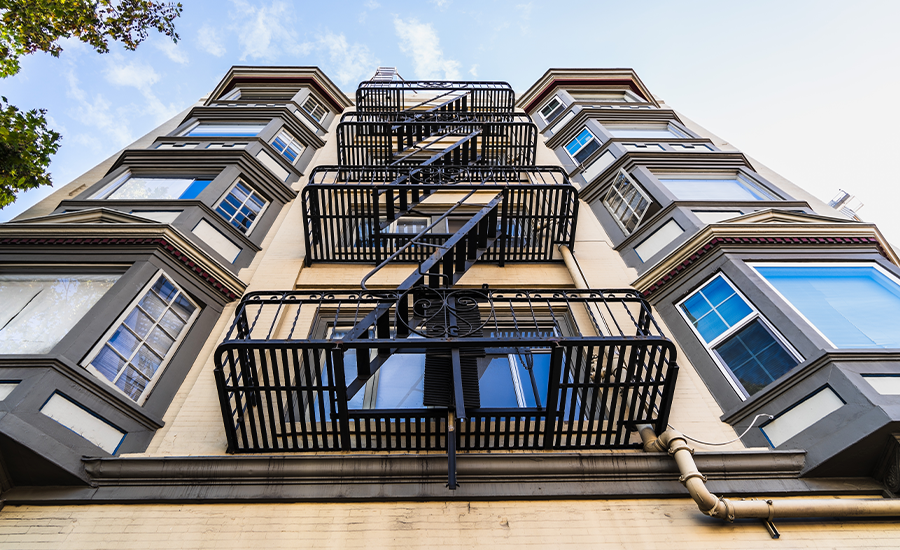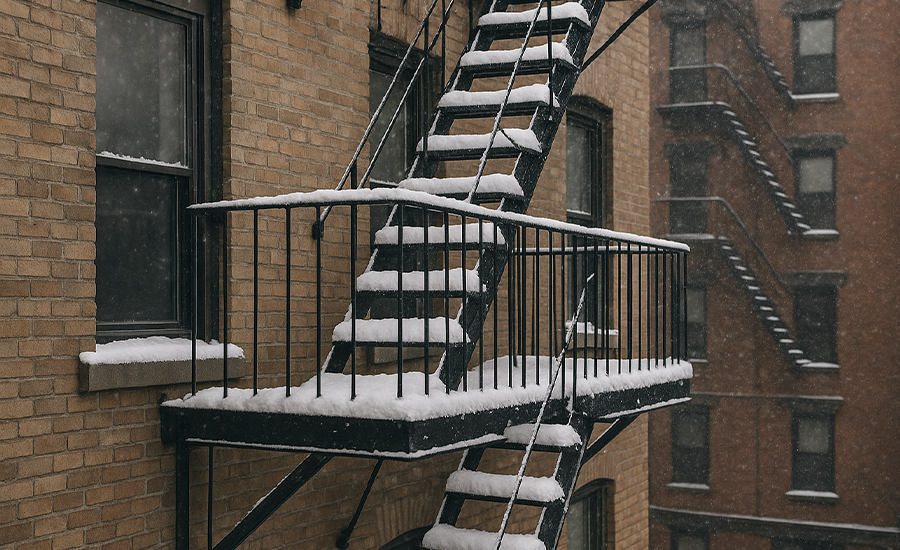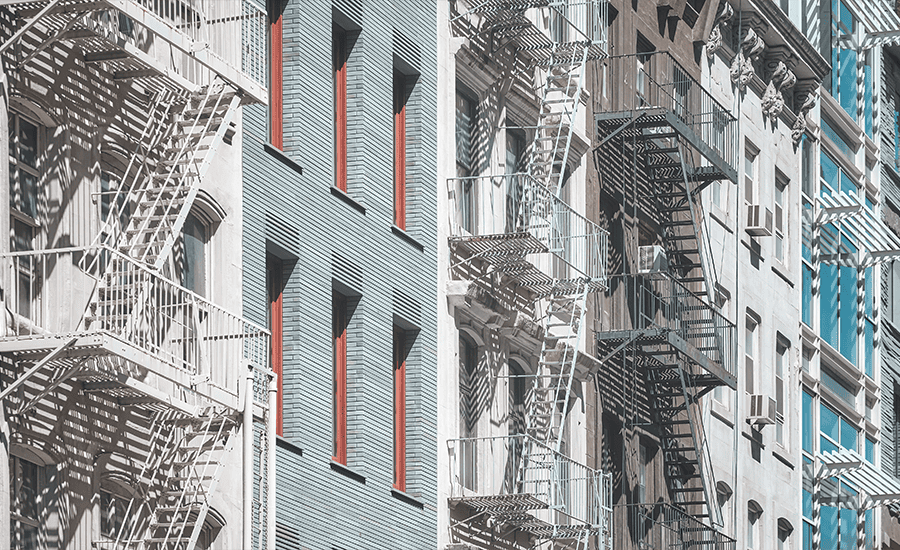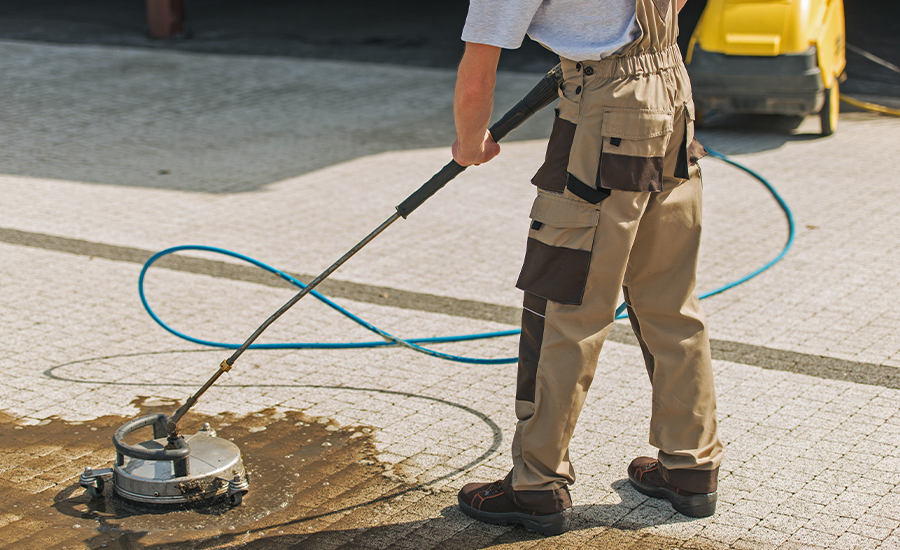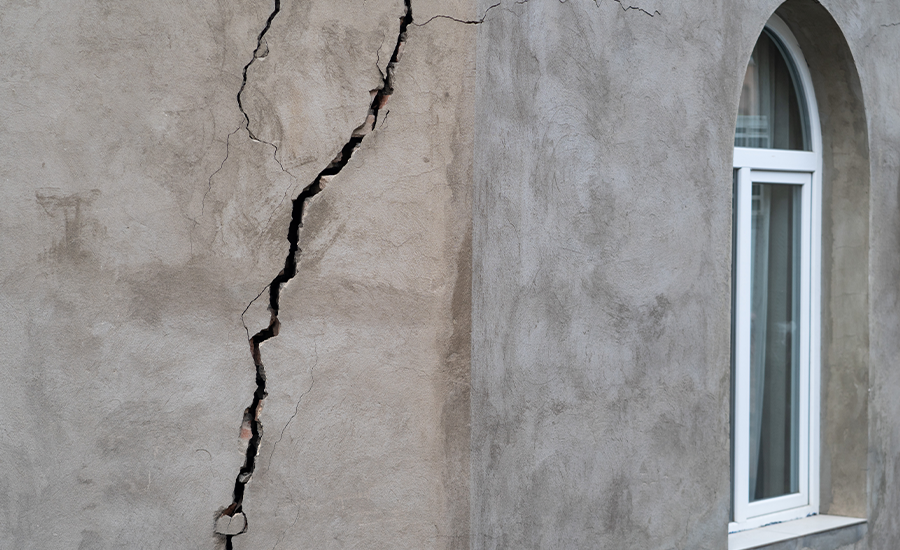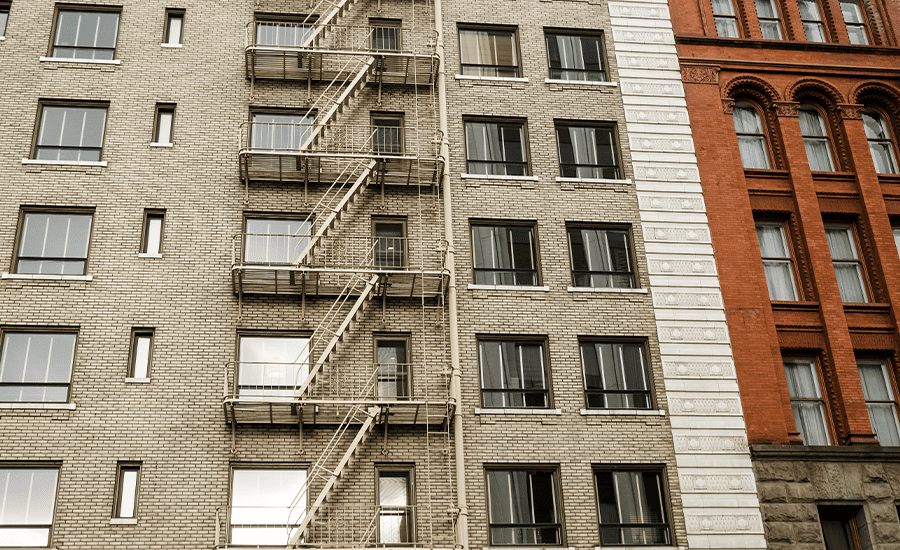Brick tuckpointing cost can vary, but understanding these can be crucial for any homeowner or property manager. This guide explores the typical expenses associated with brick tuckpointing, helping you plan and budget effectively. Whether you’re looking to enhance your property’s curb appeal or address necessary structural maintenance, knowing the brick tuckpointing cost is the first step to ensuring the longevity and beauty of your building.
What is Brick Tuckpointing?
Brick tuckpointing involves repairing and replacing the mortar between bricks, a crucial task for preserving older brick buildings. Over time, environmental factors can wear down mortar, reducing both the aesthetic appeal and structural integrity of brickwork. This process not only enhances the visual appearance of a building but also strengthens its masonry.
In tuckpointing, two contrasting mortar colors are used. One matches the bricks to blend seamlessly, while a lighter color, often white, is added on top to mimic fine joints. This dual application not only improves the look of the brickwork but also seals it against water and decay.
The procedure begins with the careful removal of old mortar to avoid damaging the bricks. New mortar is then applied, compacted, and smoothed to ensure a strong, weather-resistant bond. This maintenance is not just cosmetic—it significantly enhances the longevity and durability of the brick structure.
Understanding the costs associated with brick tuckpointing is vital, as it influences the maintenance schedule and budgeting for property upkeep. Let’s delve into how these costs are calculated and what factors you need to consider.
Understanding Brick Tuckpointing Costs
Brick tuckpointing costs can vary widely, and knowing what affects these costs can help you budget effectively and maintain the structural integrity and aesthetics of your brickwork. Here’s a closer look at the main factors that influence the expenses associated with brick tuckpointing.
Factors Influencing Tuckpointing Costs
- Area Size: The size of the project significantly impacts the cost. For larger projects, the cost per square foot might be lower due to efficiencies gained in larger scale operations. However, the total cost is higher because of the greater amount of material and labor involved.
- Mortar Condition: The condition of the existing mortar greatly influences the complexity and cost of tuckpointing. If the mortar is severely deteriorated, more extensive repair work is required, which involves more materials and labor, thereby increasing the overall cost.
- Accessibility: The accessibility of the area that needs tuckpointing also affects the cost. Hard-to-reach areas may require scaffolding or other specialized equipment, which adds to the overall expenses.
- Regional Variations: The cost of tuckpointing can also vary significantly based on the location. Factors such as local labor rates, the cost of materials, and even the typical weather conditions can influence the final price. In regions with higher living costs, you might expect higher rates for labor and materials.
Understanding these factors will not only help you grasp why tuckpointing costs can vary so much but also allow you to plan more effectively for your maintenance needs. With this knowledge in hand, let’s dive into a detailed cost breakdown to see exactly where your money goes when you invest in tuckpointing.
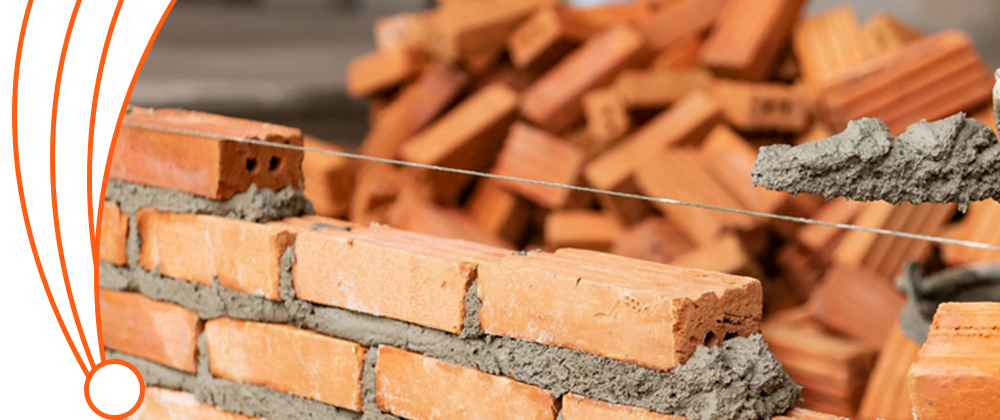
Cost Breakdown
Understanding the costs involved in brick tuckpointing is essential for effective budgeting and project planning. Here’s a detailed breakdown of where the money typically goes in a tuckpointing project, presented in a straightforward manner.
Table of Typical Tuckpointing Costs
| Cost Category | Percentage of Total Cost | Details |
| Labor Costs | 50-70% | Labor is the major expense in tuckpointing, covering everything from manual work to project management. |
| Materials | 30-50% | This includes all the mortar and other necessary materials like fillers and sealants. |
| Equipment and Miscellaneous | 5-20% | Costs for renting scaffolding, lifts, and other tools, plus any unforeseen expenses. |
Explanation of Costs
- Labor Costs: Labor costs form the largest part of the budget in most tuckpointing jobs. This covers the wages of skilled workers who remove old mortar, prepare surfaces, and apply new mortar meticulously to ensure durability and aesthetic appeal.
- Materials: Materials are the next significant expense. The type of mortar used can vary based on the specific requirements of the building and environmental considerations, which affects the cost. High-quality materials are crucial for ensuring the longevity of the tuckpointing work.
Equipment and Miscellaneous
Depending on the project’s scale and accessibility of the site, equipment rental can become a notable part of the expenses. This might include scaffolding for high areas, hydraulic lifts, or even specialized tools for detailed work. Miscellaneous expenses can also crop up unexpectedly, which is why a contingency budget is always wise.
Next, we will explore how these investments translate into long-term benefits for your property, ensuring that the money spent on tuckpointing brings substantial value over time.
Long-Term Benefits of Brick Tuckpointing
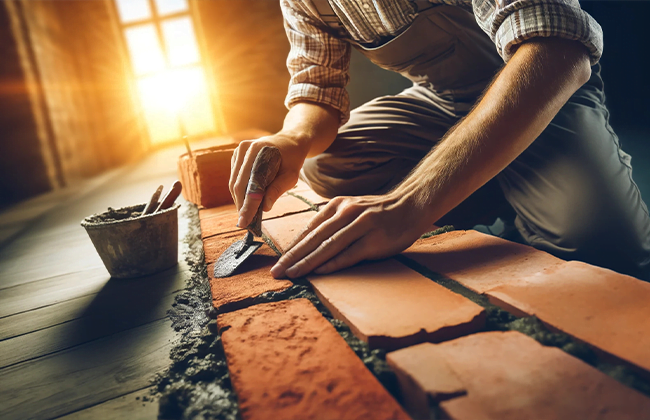
Investing in brick tuckpointing not only restores the appearance of your brickwork but also brings several long-term benefits that are crucial for maintaining the value and integrity of your property.
Extending the Life of Masonry
Properly maintained mortar joints are essential for the longevity of brick structures. Tuckpointing replaces worn and damaged mortar, which prevents further decay and damage to the bricks themselves. By addressing these issues early, you can significantly extend the life of the masonry, avoiding costly repairs or even complete rebuilds in the future.
Preventing Structural Issues
Tuckpointing helps to maintain the structural integrity of a building. Compromised mortar joints can lead to water infiltration, which might cause serious damage such as bowed walls or a compromised foundation. By sealing gaps and restoring the mortar, tuckpointing acts as a preventative measure against these severe structural issues.
Enhancing Curb Appeal and Property Value
A well-maintained brick facade greatly enhances the curb appeal of your property. Tuckpointing sharpens the appearance of the brickwork, making it look new and well cared for, which can be a significant advantage if you’re considering selling your property. Additionally, the improved aesthetic appeal and structural integrity can lead to an increase in property value.
Cost-Effective Maintenance
While tuckpointing involves an upfront cost, it is a cost-effective maintenance solution in the long run. By addressing mortar deterioration early, you avoid more extensive and expensive damage, reducing overall maintenance costs over the life of your property.
By understanding these benefits, property owners can appreciate why the investment in tuckpointing is worthwhile. Not only does it protect and enhance your property’s structural and aesthetic qualities, but it also offers peace of mind, knowing that your building is in good repair.
With these insights into the long-term advantages of tuckpointing, you can make informed decisions about maintaining your property. Now, let’s wrap up our comprehensive look at brick tuckpointing with a conclusion that ties all these elements together.
Conclusion
Investing in brick tuckpointing is essential for maintaining the structural integrity and aesthetic value of brick constructions. Regularly updating the mortar not only enhances curb appeal but also ensures your building withstands the test of time. If you’re looking for a professional contractor to handle your brick tuckpointing needs, understand the importance of skilled craftsmanship. For expert brick tuckpointing services, feel free to contact us at (+1) 917-355-8556. We’re here to help you preserve the beauty and durability of your property with top-notch tuckpointing solutions.
FAQs
Q: What factors influence brick tuckpointing cost?
A: Brick tuckpointing cost is influenced by several factors including the project’s size, the condition of the mortar, accessibility of the work area, and regional labor rates. Each factor can significantly affect the total cost, making it essential to get a tailored quote.
Q: How often should brick tuckpointing be done to manage costs?
A: Regular maintenance can keep brick tuckpointing costs down. Typically, it’s advisable to inspect and potentially touch up mortar every 25-30 years, depending on environmental conditions and the building’s exposure to elements.
Q: Can delayed brick tuckpointing increase overall costs?
A: Yes, delaying brick tuckpointing can lead to increased costs. Neglecting early signs of mortar wear can escalate to more significant structural damages, necessitating more extensive and expensive repairs.
Q: Is brick tuckpointing cost-effective compared to other repairs?
A: Brick tuckpointing is highly cost-effective. It prevents more severe damage to bricks and structures, which can be far more costly to repair or replace than performing regular, timely tuckpointing.
Q: What should I look for in a quote for brick tuckpointing cost?
A: When evaluating a quote for brick tuckpointing cost, consider the breakdown of labor, materials, and any additional equipment costs. Ensure the contractor is transparent about what each part of the project entails and the associated costs.
Q: Why is tuckpointing so expensive?
A: Tuckpointing is labor-intensive and requires skilled craftsmanship, especially when dealing with deteriorated mortar and historic structures. The need for precision and the use of specialized tools also contribute to the higher costs.
Q: Is repointing brick expensive?
A: The cost of repointing brick can vary based on the scope of the project and the condition of the mortar. While it is a significant investment, repointing is essential for maintaining structural integrity and preventing more costly damage.
Q: What’s the difference between tuckpointing and repointing?
A: Tuckpointing involves using two different colors of mortar to create a neat and appealing look, while repointing is strictly the repair and renewal of old mortar without aesthetic enhancements. Tuckpointing is more decorative, whereas repointing focuses on restoration.
Q: How much does tuckpointing cost?
A: Brick tuckpointing costs typically range from $5 to $25 per square foot, influenced by factors like project size, mortar condition, and accessibility. Detailed and extensive work on large areas or complex structures may drive costs toward the higher end of this range.




